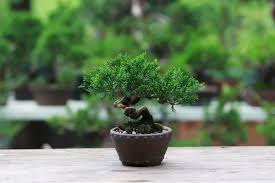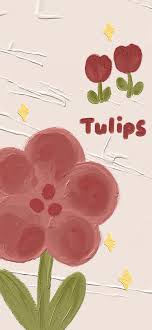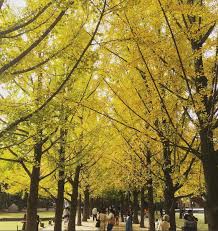
The Imperial Palace Decoration Style with Dragon Motifs: Symbolism, History, and Influence
The majestic palaces of ancient kingdoms and empires were designed to reflect not only the wealth and power of the rulers but also the cultural and spiritual beliefs that shaped their reigns. Among the many artistic elements used in royal architecture, the depiction of dragons stands out as one of the most powerful and enduring…













